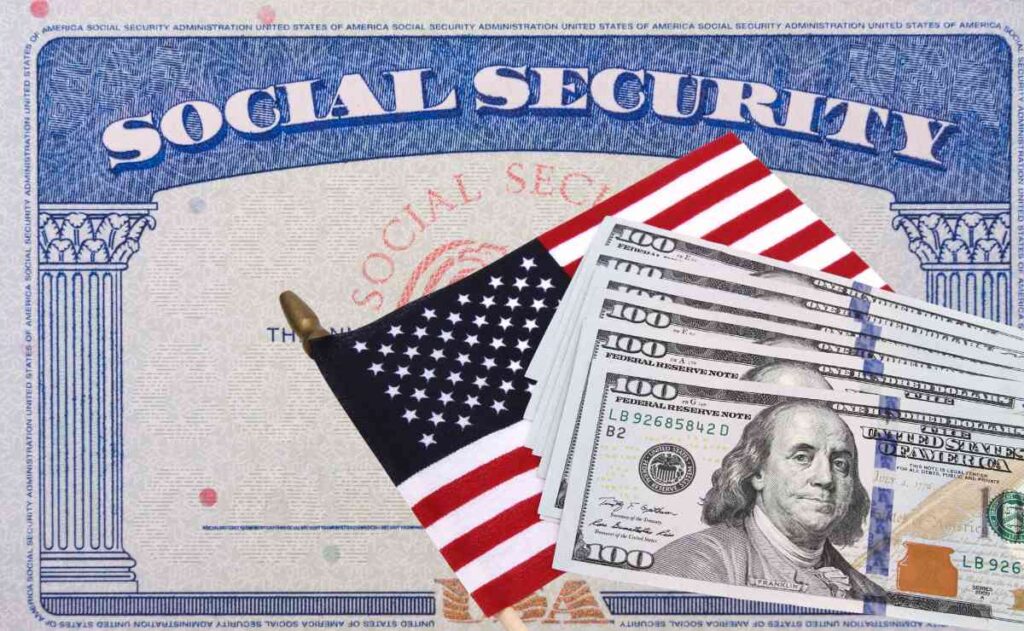Social Security’s 3.2% cost-of-living adjustment (COLA) for 2024 was the third-highest in the last decade, but it has not provided the relief many seniors were hoping for. Average checks are just $1,917 per month as of May 2024. More than 3 in 5 seniors feel the bump in their benefits was insufficient, according to The Motley Fool’s 2024 Social Security Cost-of-Living Survey.
That has many workers worried about what their retirement might look like, and it’s left many seniors scrambling to make up for declining purchasing power in other ways. While Social Security benefits aren’t going anywhere, it’s helpful to view them as a supplement rather than your primary source of retirement income. Here’s how you can pull that off.


Prioritize your retirement savings
Saving as much as possible throughout your career is the best way to reduce your reliance on Social Security. The more expenses you fund on your own, the less any changes to the program will affect you.
The first step is to calculate how much you need to save for retirement. Once you have a target in mind, you can estimate what you must save every month to reach your goal. A retirement calculator can be helpful here.
Hopefully, you’re able to save as much as you need each month. Claiming a 401(k) match, if you qualify for one, can make this easier. Those who can’t set aside as much as they’d like to should start where they can. Aim to increase your savings by 1% per year when your finances allow it.
Explore ways to reduce your retirement costs
When saving enough for retirement on your own isn’t possible, it’s worth exploring strategies that can help you reduce your retirement costs. For example, you could delay retirement by a few years. This will reduce your retirement savings target by tens or maybe hundreds of thousands of dollars. It’ll also give you additional time to save and allow your investments to grow for longer, so they’ll be worth more.
You could also consider working in retirement. This could be traditional part-time employment to supplement your retirement savings and socialize with others. Or it could be a hobby, like crafting, that you decide to monetize in your free time. It doesn’t need to pay all your bills. Even if it only covers 10% of your monthly expenses, that’s 10% less you have to save on your own.
Social Security will still be there
It’s understandable if you’re wary about relying on Social Security in retirement, but it will still be there even if you have decades to go in the workforce. The program was designed to cover about 40% of pre-retirement income for average earners. There is a real threat of benefit cuts, though.
To be on the safe side, you may want to plan to cover 70% to 80% of your retirement expenses on your own, with Social Security making up the rest. If your Social Security checks wind up going further than you anticipated, then you’ll have extra cash to enjoy in retirement. But if not, you’ll be glad you budgeted for a smaller benefit.
It can be tough to know if you’re setting the right savings goals, especially if retirement is far off. But your retirement plan was never meant to be set in stone. Everyone needs to make adjustments over time. All you can do is make the best decisions with the information you have today. Then, as time goes on and you get a better idea of what Social Security will look like, you can change your plans as needed.
The $22,924 Social Security bonus most retirees completely overlook
If you’re like most Americans, you’re a few years (or more) behind on your retirement savings. But a handful of little-known “Social Security secrets” could help ensure a boost in your retirement income. For example: one easy trick could pay you as much as $22,924 more… each year! Once you learn how to maximize your Social Security benefits, we think you could retire confidently with the peace of mind we’re all after. Simply click here to discover how to learn more about these strategies.
View the “Social Security secrets” ›
The Motley Fool has a disclosure policy.
The Average Monthly Social Security Payment in 2024 Is Just $1,917. Here’s How to Prepare for a Retirement That Doesn’t Depend on Social Security was originally published by The Motley Fool
#Average #Monthly #Social #Security #Payment #Heres #Prepare #Retirement #Doesnt #Depend #Social #Security
Image Source : finance.yahoo.com


